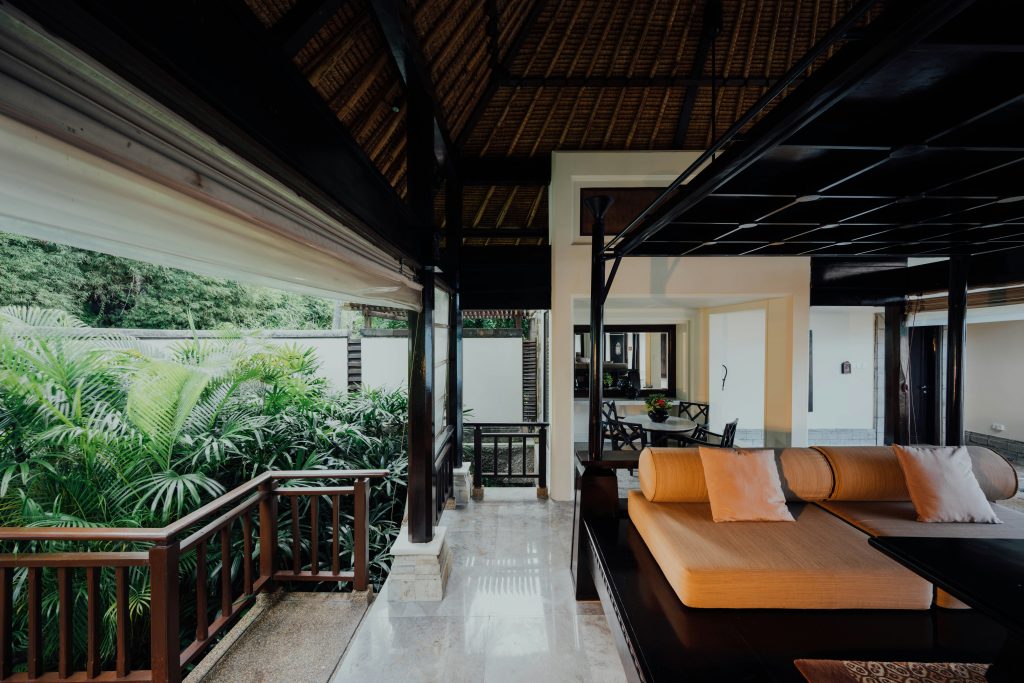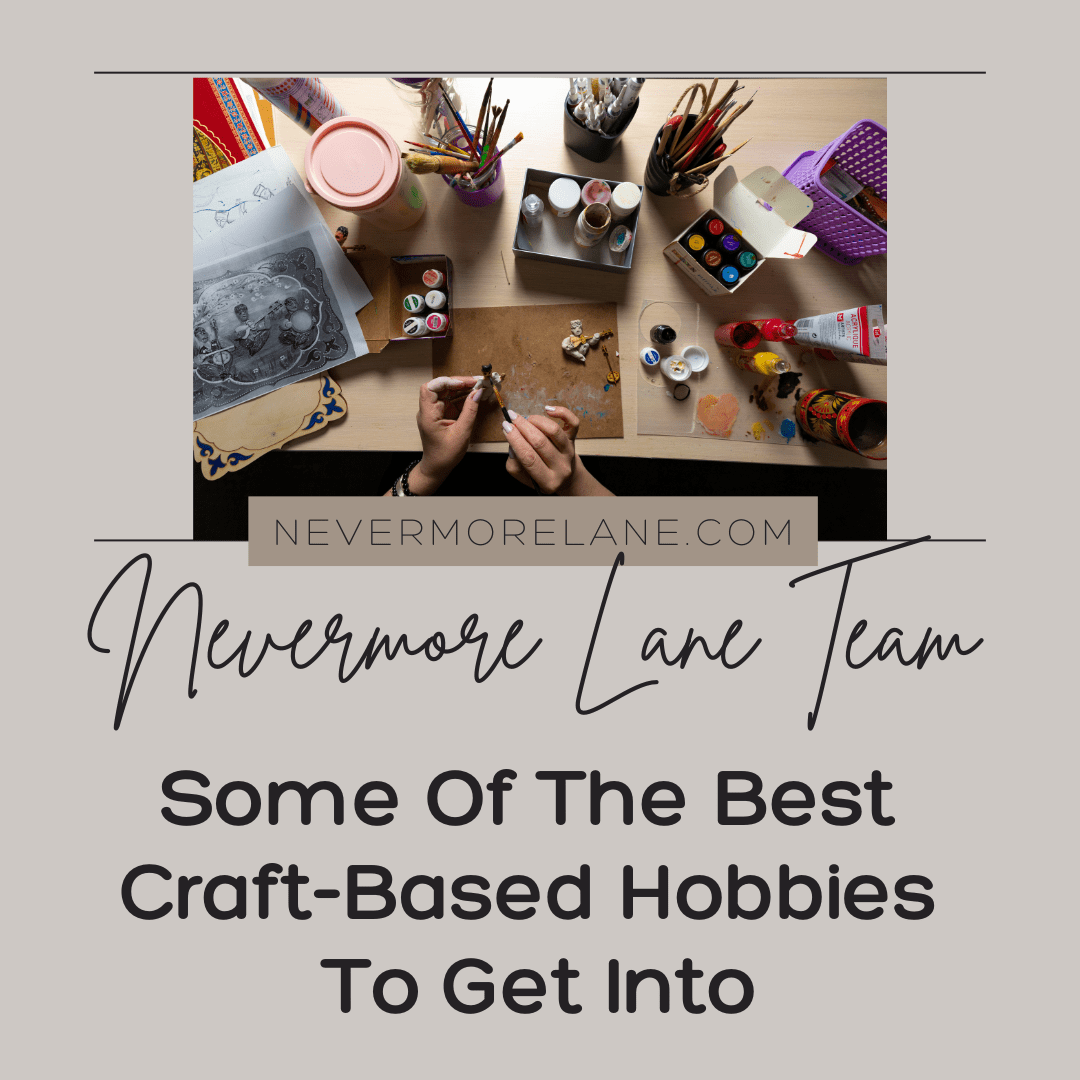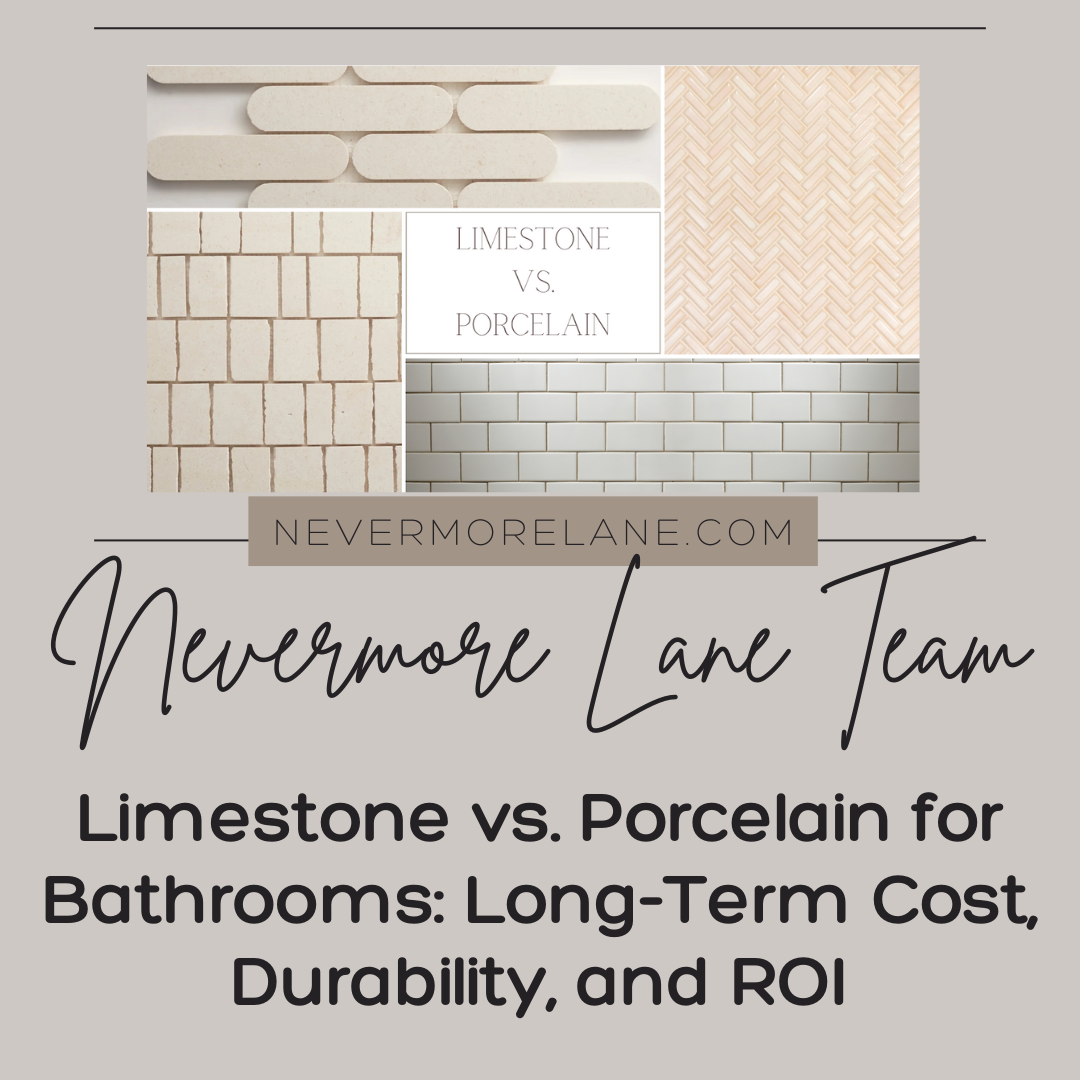Blending Indoor and Outdoor Living: How to Get It Right
The desire to seamlessly connect indoor and outdoor spaces often leads to expensive design mistakes, weather-damaged furniture, and living areas that feel disjointed rather than harmoniously integrated. Many homeowners attempt to blur the lines between interior and exterior spaces without understanding how to address the practical challenges of different weather conditions, maintenance requirements, and lifestyle needs that make or break successful indoor-outdoor living. The result is often spaces that look beautiful in photos but fail to function well in daily life, leaving homeowners frustrated with their investment and uncertain about how to achieve the effortless indoor-outdoor flow they envisioned. In places like Los Angeles, where the weather invites year-round outdoor living, this blend of indoors and outdoors has become more than just a design trend. It’s part of the lifestyle.
Photo by CHUTTERSNAP on Unsplash
Linda and her husband spent their entire home renovation budget creating what they hoped would be a stunning indoor-outdoor living area, complete with retractable glass walls, outdoor furniture in their living room, and identical materials throughout both spaces. Within six months, their expensive outdoor fabrics had faded and developed mildew, their indoor plants struggled with temperature fluctuations from the open walls, and their beautiful stone flooring became slippery and dangerous during rainy weather. They realized that creating successful indoor-outdoor living required more than just removing barriers between spaces; it demanded understanding how to balance aesthetic goals with practical realities.
The foundation of effective indoor-outdoor design lies in understanding that successful blending requires thoughtful planning that addresses the unique challenges of each space while creating visual and functional connections that enhance daily living. True indoor-outdoor integration works when design choices support both the beauty and functionality of spaces that must perform well in varying weather conditions, accommodate different activities, and maintain their appeal throughout changing seasons. The most successful projects result from careful consideration of materials, furniture placement, climate control, and maintenance requirements that allow spaces to function beautifully together without compromising comfort or durability.
Mastering indoor-outdoor living design creates homes that feel expansive, connected to nature, and perfectly suited to modern lifestyles that value flexibility and seamless entertaining. When you understand the principles of successful space integration and avoid common pitfalls that lead to costly mistakes, you can create living areas that truly enhance your daily experience while standing the test of time. The combination of strategic design choices and practical considerations transforms the challenging goal of indoor-outdoor blending into an achievable vision that delivers both stunning aesthetics and lasting functionality. Whether you’re remodeling or just refreshing your patio, here’s how to make your indoor-outdoor setup work beautifully.
What Indoor-Outdoor Living Really Means
It’s more than building a deck or sliding glass door. Indoor-outdoor living is creating a seamless merge of the inside and outside of your home. The idea is to make the outdoor area feel like it’s a part of your living room, kitchen, or even bedroom.
It doesn’t have to include a huge backyard or elaborate equipment. Even tiny homes can make it work with good planning and design. It’s just a matter of how you bring everything together, from layout to material to the utilization of space.
Design Starts with Architecture
In places like Los Angeles, home design is often shaped by the outdoors. With year-round sunshine and a love for open spaces, many homeowners want a layout that connects their indoor comfort to the fresh air outside. This is not something you can do with furniture alone; it begins with careful architectural design.
That is where seasoned design companies step in. Most homeowners go to the top architecture firms in Los Angeles like dSpace Studios, who are experts at making dream homes a reality, from a clean sheet of paper. They collaborate with clients to plan everything from the overall building to the way each area flows. Their crew even visits the building site to ensure that every detail is being constructed as intended.
Here’s the way the proper architectural design makes the difference:
- Personalized layout planning: Plans are designed according to your way of life, sun orientation, views, and the way you wish to utilize indoor and outdoor spaces together.
- Open floor transitions: Designers incorporate wide doorways, sliding walls, and materials that dissolve the line between indoors and outdoors.
- Integrated material selection: Employing the same tones and finishes for inside and outside assists in connecting everything visually.
- Functional outdoor zones: From shaded patios to sun-soaked decks, each outdoor space is designed to serve a purpose.
With this kind of guidance, you’re not just making your home look better, you’re designing it to work better, too.
Tips to Create Seamless Transitions
Even if you are not undertaking a full-scale renovation, it is still possible to enhance the transition between indoor and outdoor space. These are some easy design tips to ensure you get it right:
1. Maintain Flooring Consistency
Use identical or coordinating materials between your indoor and outdoor spaces. A tile floor indoors can seamlessly transition into a stone patio in the same color, for instance. This achieves visual cohesion and expands the sense of space.
2. Employ Matching Color Schemes
Stay to a palette that functions both indoors and outdoors. Neutrals, earth tones, and natural textures (such as wood and stone) assist in pulling everything together. This visual cohesion makes your environment feel less hectic, more expansive, and thoughtfully planned.
3. Level the Floor Heights
A threshold level between the interior floor and exterior surface assists both safety and circulation. No step-downs equate to easier navigation, particularly if you’re hauling things out for a party or dinner. It also produces a clean, contemporary look that makes the entire space seem like one cohesive area.
4. Select Similar Styles of Furniture
Don’t go super-modern in and extremely rustic out. Attempt to balance the style and comfort level of your furniture so that the two rooms are, in some way, related. When furniture blends across both areas, the transition feels smoother and the setup more intentional.
Features That Make the Space More Usable
Creating the visual flow is only one part. To really enjoy the space, it should be practical too. Think about how you’ll use the outdoor area, then build in the right features to support that lifestyle.
Here are some popular choices:
- Outdoor kitchen or grill station for weekend cookouts
- All-weather furniture that feels just as comfy as indoor seating
- Ceiling fans or portable heaters to make the space usable in any season
- Built-in shade, like pergolas or umbrellas, to stay cool
- Privacy screens or greenery to add comfort and calm
Even small upgrades like a weather-resistant rug or side table can make the space feel complete and ready to use any time.
Create Seamless Spaces That Work and Wow
The success of indoor-outdoor living depends on understanding that the most beautiful integrations happen when practical considerations guide aesthetic choices rather than the other way around. Weather-resistant materials, flexible furniture arrangements, and thoughtful climate control create the foundation for spaces that remain comfortable and inviting regardless of season or weather conditions. When you prioritize functionality alongside beauty, you create living areas that feel natural and effortless while avoiding the maintenance headaches and premature wear that plague poorly planned indoor-outdoor spaces.
Successful indoor-outdoor blending requires a long-term perspective that considers how your spaces will age, how your needs might change, and how to maintain the beauty and functionality of your investment over time. The most rewarding indoor-outdoor living experiences develop gradually as homeowners learn to use their spaces fully and make adjustments that improve both comfort and visual appeal. This iterative approach allows for refinements that enhance the connection between spaces while ensuring that practical needs remain met throughout changing seasons and lifestyle shifts.
Your indoor-outdoor living vision becomes reality when careful planning meets thoughtful execution, creating spaces that enhance daily life while standing as a testament to the beauty of seamless design. The investment in getting the details right from the beginning pays dividends in years of enjoyment, reduced maintenance concerns, and the satisfaction of living in spaces that truly work for your lifestyle. When indoor and outdoor areas flow together harmoniously, your home becomes a sanctuary that connects you with nature while providing all the comfort and functionality that modern living demands.






